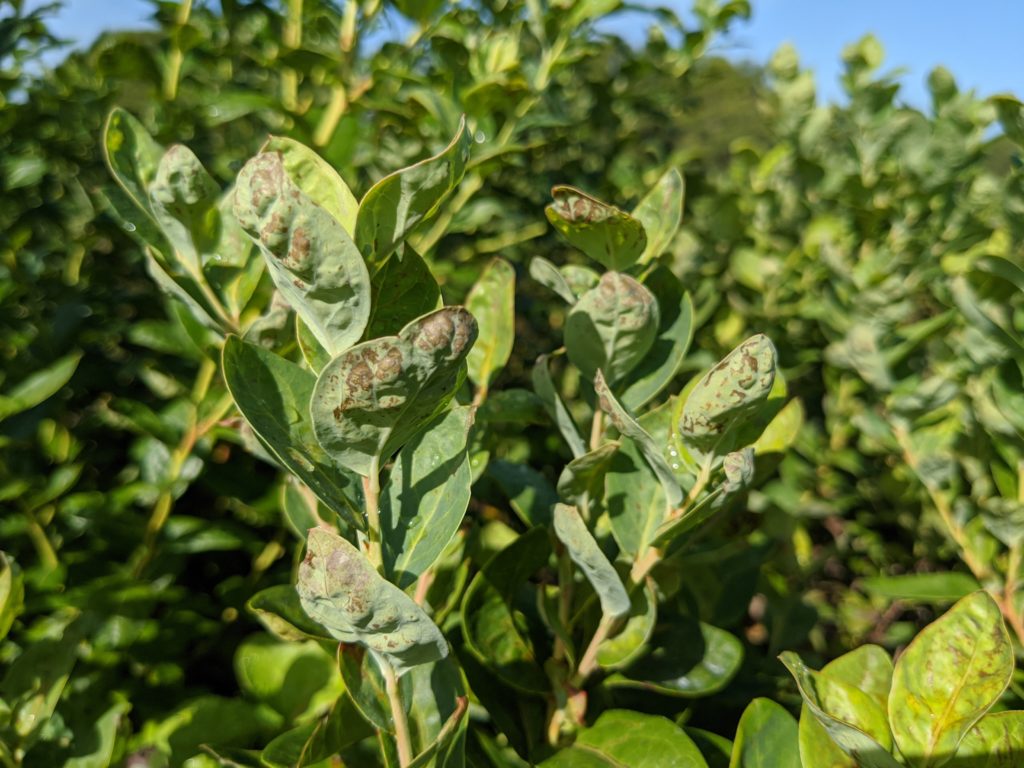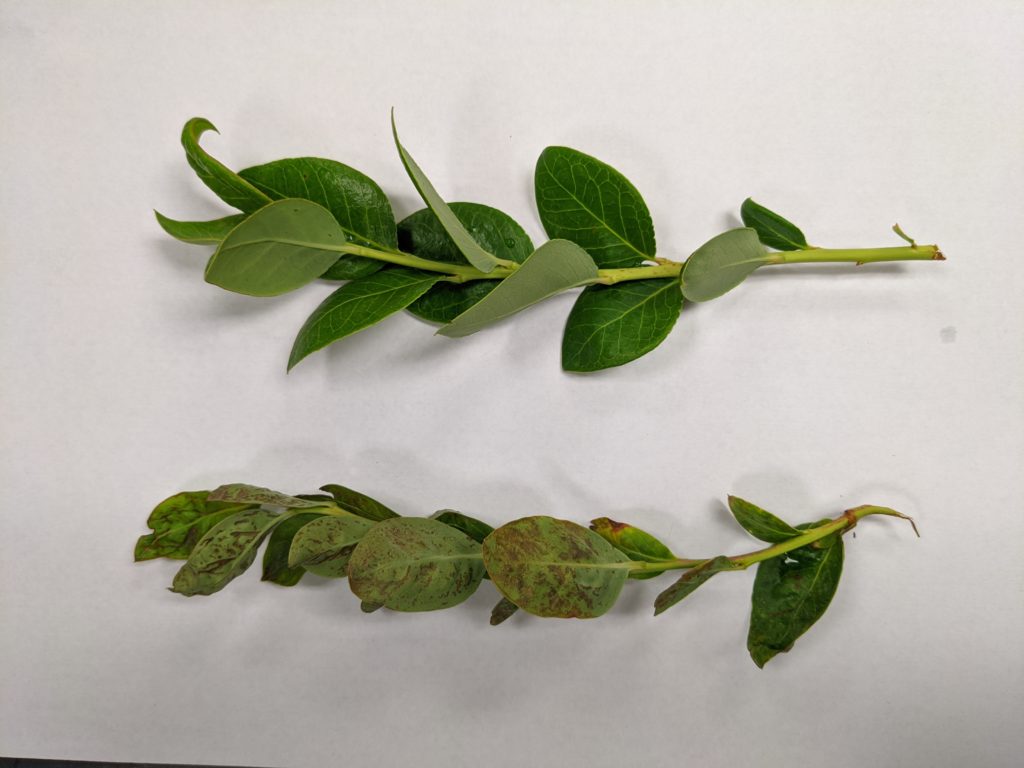
By Clint Thompson
North Carolina (N.C.) berry farmers should be mindful of thrips. Not normally a problem for growers in North Carolina in past years, thrips have been gaining traction as a concerning pest recently, says Lorena Lopez, N.C. State assistant Extension professor of entomology and plant pathology.
“Western flower thrips are the major thrips species that we have infesting our small fruits like caneberries, blueberries and strawberries. Strawberries, in particular, the last few years, there have been reported high numbers of infestations,” Lopez said. “Also, the insecticides have not been doing much. Chances are there are some resistance developing there that needs to be tested.
“The other issue is that we have upcoming, hopefully it will take a long time, chilli thrips, invasive thrips are coming from the south,” Lopez added.

Chilli Thrips Threat
Chilli thrips were first confirmed in Georgia three years ago and have been observed in multiple counties since then. Not much is known about the pest and its potential impact in Georgia. University of Georgia scientists are hoping to change that with research funding from the U.S. Department of Agriculture (USDA).
Lopez hopes to help her small fruit producers learn more about the ongoing thrips threat through research.
“One of my objectives is going to be to start sampling for both resistance and to identify this thrips species that we have so we can be aware whenever they arrive and whenever they establish. We can start knowing where they are and work with the growers on how to properly manage them,” Lopez said. “We need to keep an eye on these invasives (as well) and train the growers in the meantime for the time when these will get up to here.”










